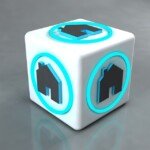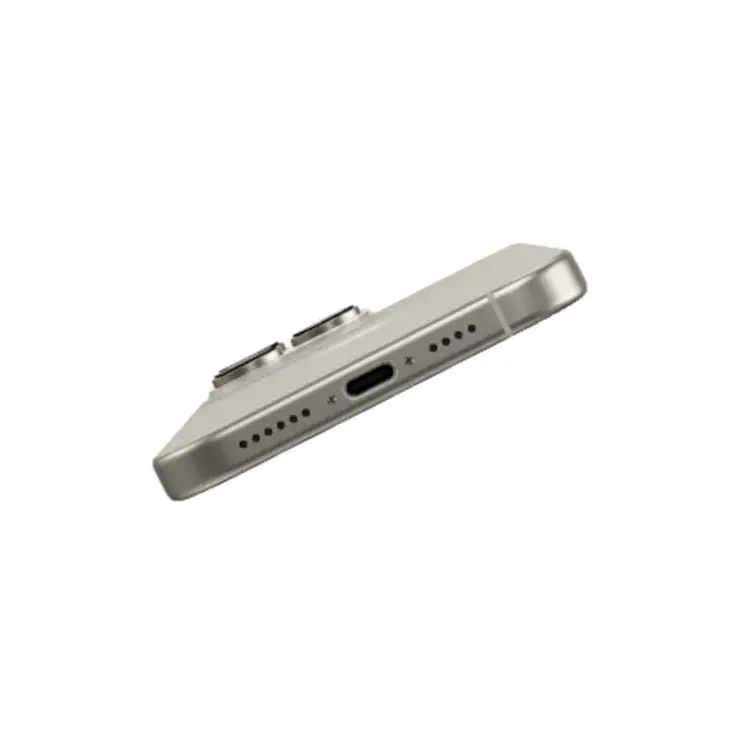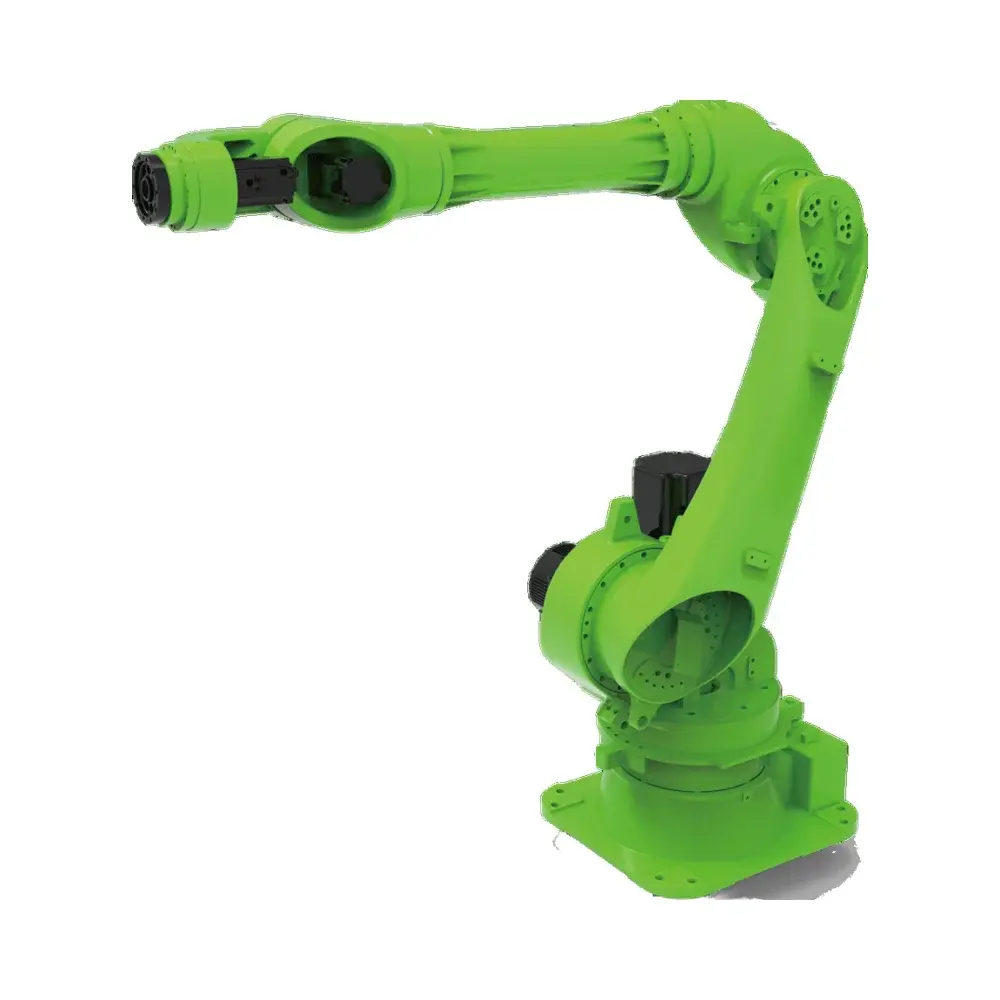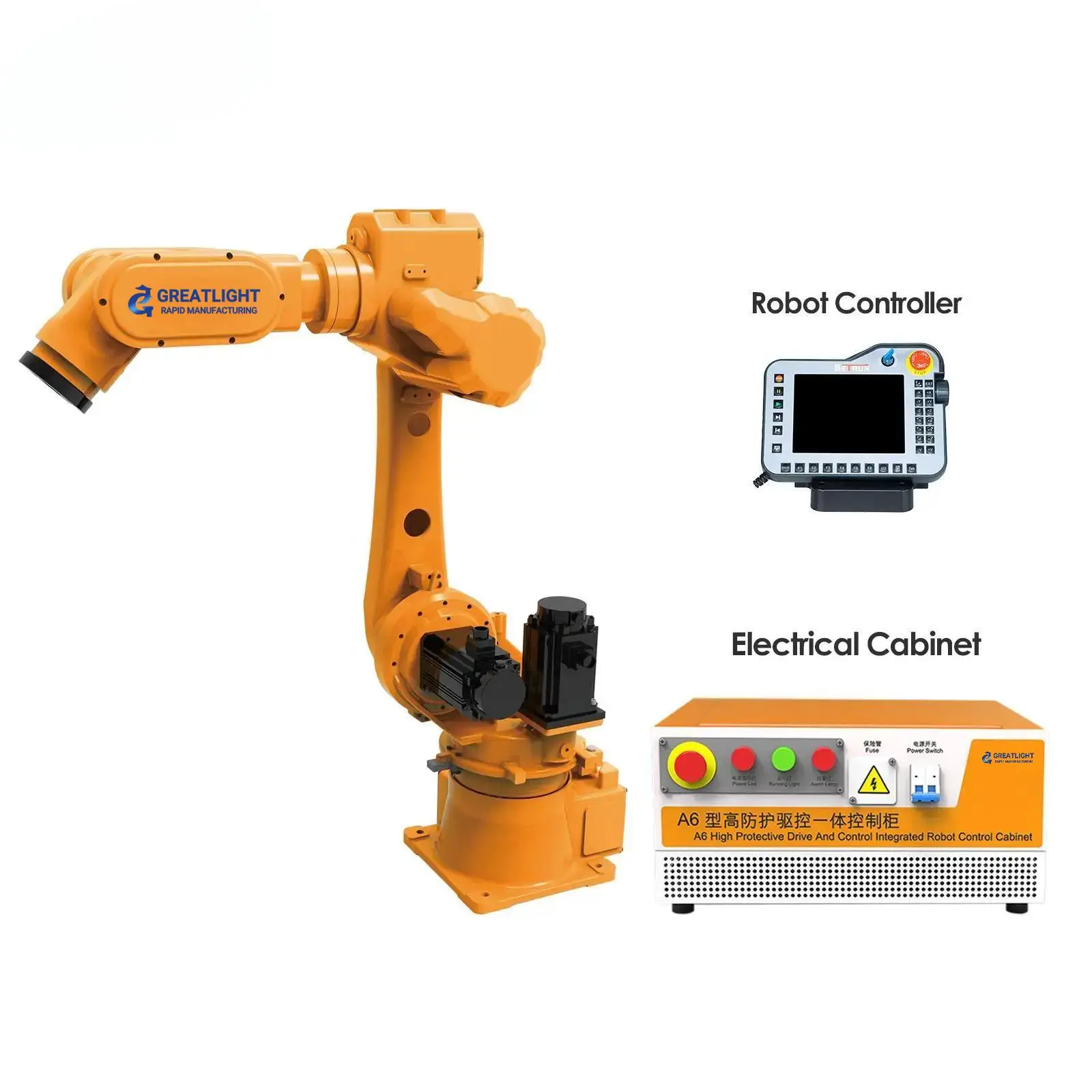Unlocking Precision: Mastering 4×8 Plywood with CNC Machining
In the world of manufacturing, the humble 4×8 plywood is the workhorse. It measures 48 inches x 96 inches (1220 mm x 2440 mm), a standard size in industries ranging from furniture manufacturing to architectural modelling. But turning this versatile material into complex, high-precision parts requires more than just a saw. It also requires advanced CNC (computer numerical control) machining capabilities. At GreatLight, we focus on leveraging the full potential of 5-axis CNC technology to transform simple sheets of plywood into extraordinary creations, combining efficiency, accuracy and scalability.
Why 4×8 plywood dominates CNC production
The layered structure of plywood offers unique advantages:
- structural stability: Cross-grain ply minimizes warping and splitting under stress.
- Cost effective: Optimizing the cutting of the entire sheet can significantly reduce material waste.
- Design flexibility: Compatible with complex cutting, engraving and 3D contouring.
- rapid prototyping: Ideal for validating designs before committing to metal or plastic.
Despite these advantages, inconsistencies in veneer quality, bond hardness and internal voids present challenges. Standard CNC gear may struggle with the abrasive nature of plywood, causing tool wear or edge chipping. This is where five-axis CNC technology is indispensable.
Overcome plywood machining challenges with 5-axis precision
Traditional 3-axis CNC machines limit tool angles and often require multiple fixture setups to achieve complex geometries. GreatLight’s 5-axis CNC system solves this problem by providing:
- Access to multi-angle tools: Cuts bevels, undercuts and compound curves in one operation, ideal for joinery.
- Adaptive tool path: Dynamically adjust feed, speed and cutting depth according to changes in plywood density.
- Reduce secondary work: Achieve smoother surfaces and minimize post-processing sanding. Our favorite technology? use compression bit Also shear up/down to prevent surface cracking.
- Excellent compression system: An advanced vacuum bed combined with custom fixtures eliminates shifting during high-speed cutting.
Best Practices in CNC Plywood Mastering
Based on our industry experience, success depends on:
- Material selection: Use Baltic birch or marine grade plywood for even layers and minimal voids. Avoid cheap paper with inconsistent gluing.
- Tool optimization: Carbide end mills with special coating to prevent resin wear. For engraving, V-shaped drill bits ≥ 60° produce clean edges.
- nesting strategy: Software like Nest4D ensures maximum utilization of panels, which is crucial for cost-sensitive projects.
- Organize the agreement: Before painting or veneering, seal machined edges with epoxy filler to eliminate moisture absorption.
GreatLight Edge: From plywood to perfect product
As experts in 5-axis CNC machining, we take a rigorous approach to plywood projects:
- consult:Identifies grain orientation and stress patterns to prevent deformation during cutting.
- Internal post-processing: Sanding, edging, staining or UV coating services – all under one roof.
- Scalability: Able to run prototypes or mass production with the same tolerance (±0.1mm).
- Material diversity: In addition to plywood, we also process aluminum, alloys and plastics, enabling hybrid projects such as metal-reinforced plywood assemblies.
Case study: A win-win with advanced CNC
In a recent project, a furniture designer required 200 curved plywood seats with integrated mounting sockets. Traditional CNC requires ≥3 setups per part. Using our 5-axis machines we:
- Machine contours and hide bolt holes in one cycle.
- Save 30% per unit time.
- Nesting of 24 pieces per 4×8 sheet (standard CNC is 18 pieces) reduces waste.
- Delivers ready-to-assemble parts with sealed edges.
in conclusion
Mastering 4×8 plywood CNC machining isn’t just about automation, it’s also about precision engineering enhanced by technology. By leveraging 5-axis capabilities and materials expertise, projects gain efficiency, sustainability and design freedom. At GreatLight, we combine advanced tools with strict process controls to transform everyday plywood into exceptional products. Ready to push your boundaries? Let’s create brilliance one piece at a time.
FAQ: 4×8 Plywood CNC Machining
Q1: Will plywood thickness affect CNC tolerances?
Answer: Of course. Thinner sheets (<12mm) tend to bend during processing; we use specialized vacuum beds to stabilize them. Thicker plywood requires slower feeds to avoid layer separation.
Q2: How to minimize chipping of cutting edges?
A: We use a climb helical bit to compress the top layer and employ a climb milling technique. It is also important to test the cut depth/width ratio of each plywood grade.
Q3: Can I use a standard home CNC mill to machine 4×8 plywood?
Answer: It is difficult for small machines to cope with plate rigidity and tool accuracy issues over large spans. Industrial 5-axis CNCs (like ours) ensure uniformity with optimized vibration control.
Q4: Do Gretel’s services include plywood veneer?
A: Yes, we offer sanding (up to 400 grit), staining, sealing, and even UL-compliant flame retardant coatings.
Q5: How long does a typical 4×8 plywood processing project take?
A: Delivery time ranges from 1-7 days, depending on complexity. A simple 2D cut may take 3 hours; a 3D contour drawing may take more than 24 hours. We prioritize workflow efficiency for faster turnaround.
Q6: Can you machine plywood with metal inserts (such as brass bushings)?
A: Our 5-axis CNC can handle mixed materials seamlessly, embedding inserts with sub-millimeter placement accuracy during the machining cycle.
Maximize your plywood potential – outsource precision to GreatLight and experience unparalleled CNC technology. [Contact us] Make a project consultation today.









































